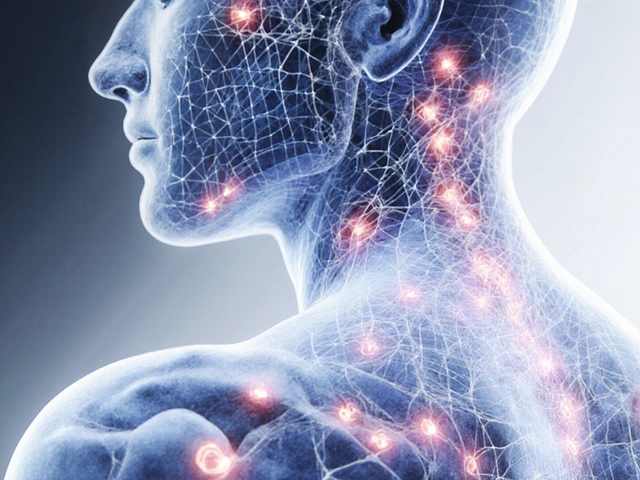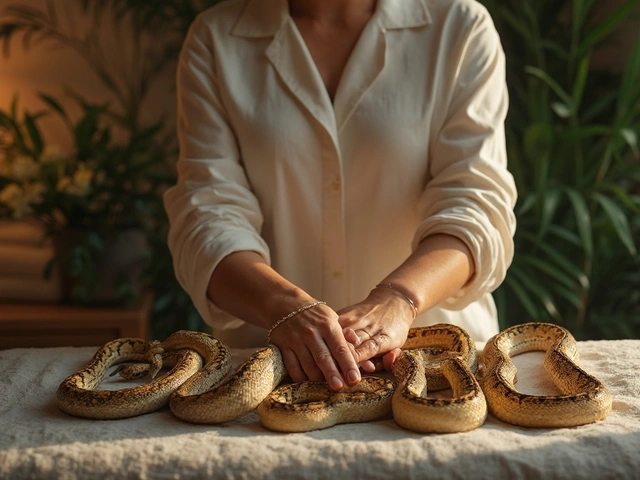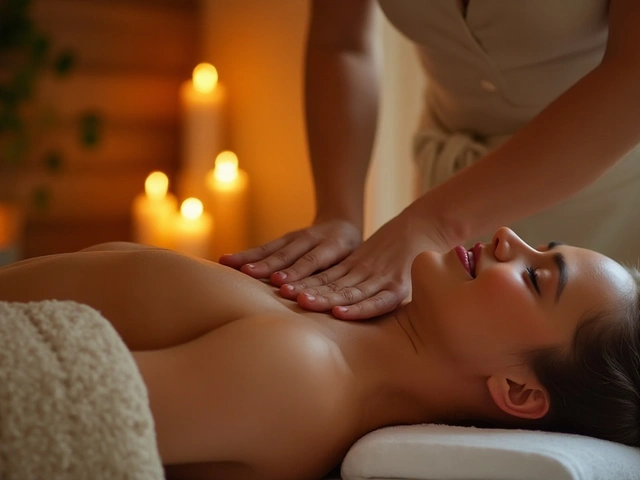Traditional Massage: Time-Tested Techniques for Real Relief
Start with a striking fact: hands-on therapies date back thousands of years and still beat many modern quick fixes.
Traditional massage refers to a set of hands-on methods passed down in cultures around the world. These methods focus on releasing muscle tension, improving circulation, and easing stress. You can get a full-body session or a focused treatment for shoulders, low back, or tired legs.
Why pick traditional massage? It’s practical. Sessions often reduce pain, help you move better, and calm your nervous system. Many people report better sleep after a single visit. Therapists use pressure, kneading, long strokes, and sometimes friction to break up tight areas.
Common traditional styles include Swedish, Thai, Shiatsu, Lao, Lomi Lomi, and Filipino hilot. Swedish uses long gliding strokes and gentle kneading. Thai blends stretching and rhythmic pressure. Shiatsu uses finger pressure along energy lines. Each style feels different, but all share goals: ease pain and restore balance.
Quick guide to styles
Swedish is gentle and great for first timers. Deep tissue digs into tight knots. Thai combines pressure and stretch for flexibility. Shiatsu uses firm finger pressure. Hilot and Lomi Lomi add cultural ritual and rhythm. Pick based on comfort and goals.
Booking tips
Book a shorter session to try a new therapist. Ask about sanitation and experience with your issue. Mention recent injuries or medications. Bring comfy clothes for Thai and Laos styles. If in doubt, request moderate pressure and slow adjustments please.
What to expect in your first session? Expect a quick chat about your health and areas of concern. Dress depends on the style; Swedish and deep tissue usually work on a draped table, while Thai often uses loose clothes on a mat. Your therapist will ask about pressure—speak up if it’s too soft or too intense.
How to choose the right therapist. Look for training and experience in the style you want. Read recent reviews and ask about how they handle medical issues. If you have a health condition such as blood clots, fever, or an infectious skin problem, mention it before booking. A good therapist will adapt the session to your needs.
Simple self-care after a massage matters. Drink water to help flush toxins and give your body rest. Gentle stretching the same day helps keep gains in mobility. If you feel sore, use heat or a warm bath rather than hard exercise for 24 hours.
Can you try traditional massage at home? Yes. Simple techniques like slow strokes, gentle squeezes, and focused pressure on tight spots help a lot. Use a massage oil or lotion, keep movements toward the heart, and stop if pain increases.
When to avoid massage. Skip deep massage right after heavy bleeding, recent fractures, or uncontrolled high blood pressure. If you’re pregnant, choose a therapist trained in prenatal massage.
Traditional massage is practical, low-risk, and often effective. It doesn’t promise miracles, but used regularly it helps manage pain, reduce stress, and improve movement. Try a session and see which style suits your body.

Rediscovering Hilot: The Ancient Filipino Healing Art Explained
Explore the secrets of Hilot, the ancient Filipino healing art, its techniques, cultural roots, and practical tips for balancing body and mind naturally.
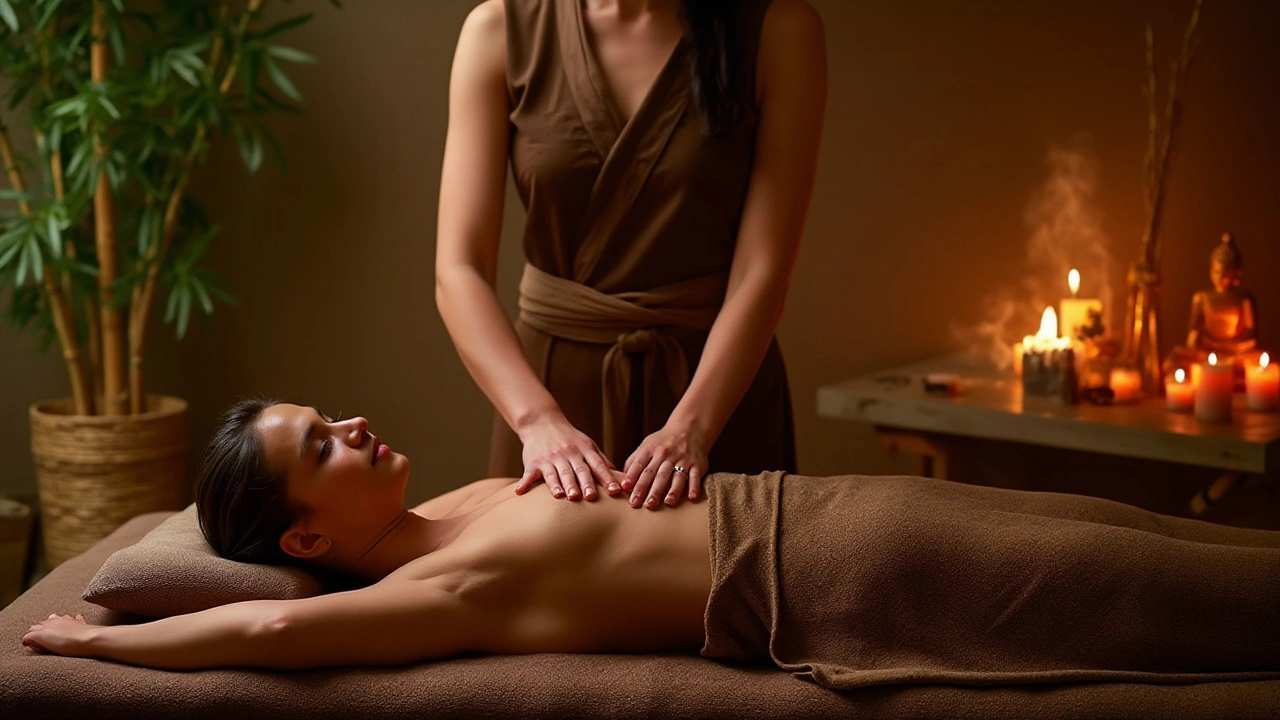
Enhance Your Wellness with Traditional Laos Massage Techniques
Delve into the ancient practice of Laos massage and discover how it can improve your overall well-being. Learn about the history, techniques, and health benefits of this traditional art form, and find out why it's becoming popular worldwide.

Discover the Surprising Health Benefits of Lomi Lomi Massage
Explore the unexpected health benefits of Lomi Lomi massage. This article delves into the traditional Hawaiian practice, highlighting its unique techniques and the ways it promotes holistic well-being. From stress relief to improved circulation, discover why Lomi Lomi massage is more than just a relaxing experience.
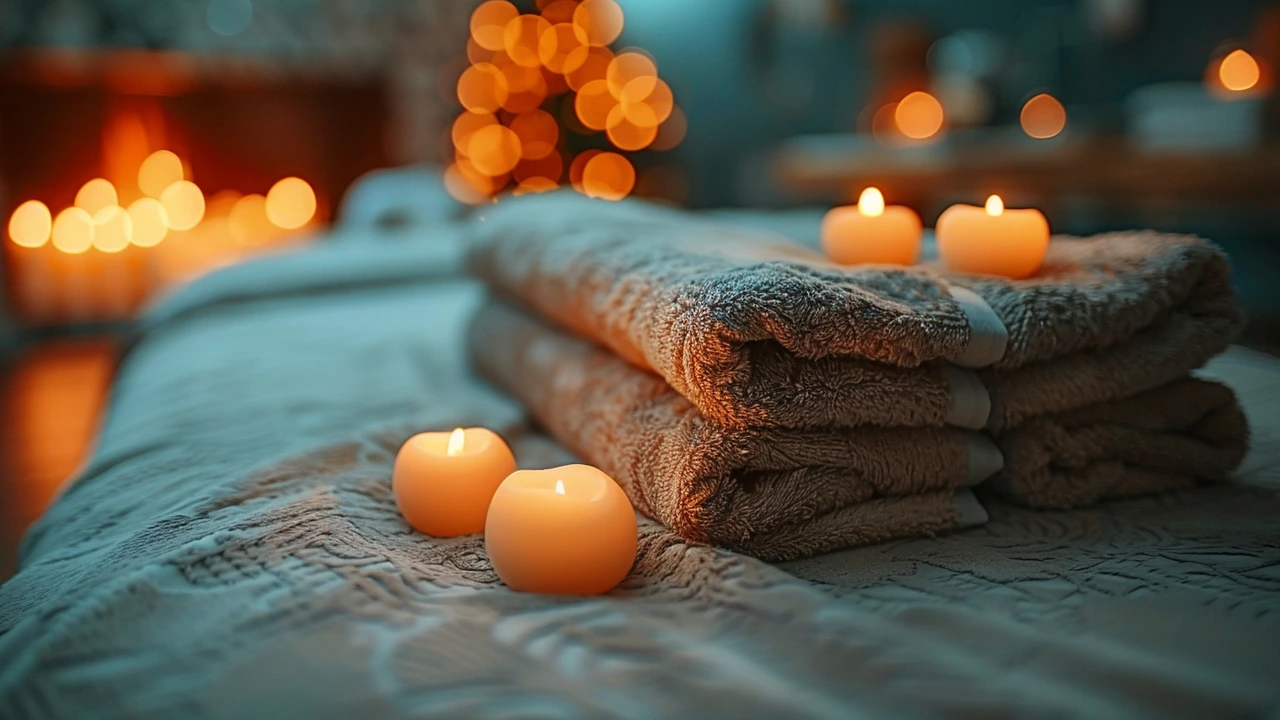
Unlocking the Secrets of Amma Massage: What to Expect
Explore Amma massage, a traditional form of therapeutic bodywork. Learn what to expect during a session, its rich history, key benefits, and practical tips. Understand how this ancient technique can mesh with modern wellness practices.
Categories
- Health and Wellness (148)
- Alternative Therapies (86)
- Massage Therapy (40)
- Travel and Culture (15)
- Beauty and Skincare (9)
- Holistic Health (8)
- Health and Fitness (5)
- Spirituality (5)
- Other (2)
- Personal Development (2)
Popular Articles
